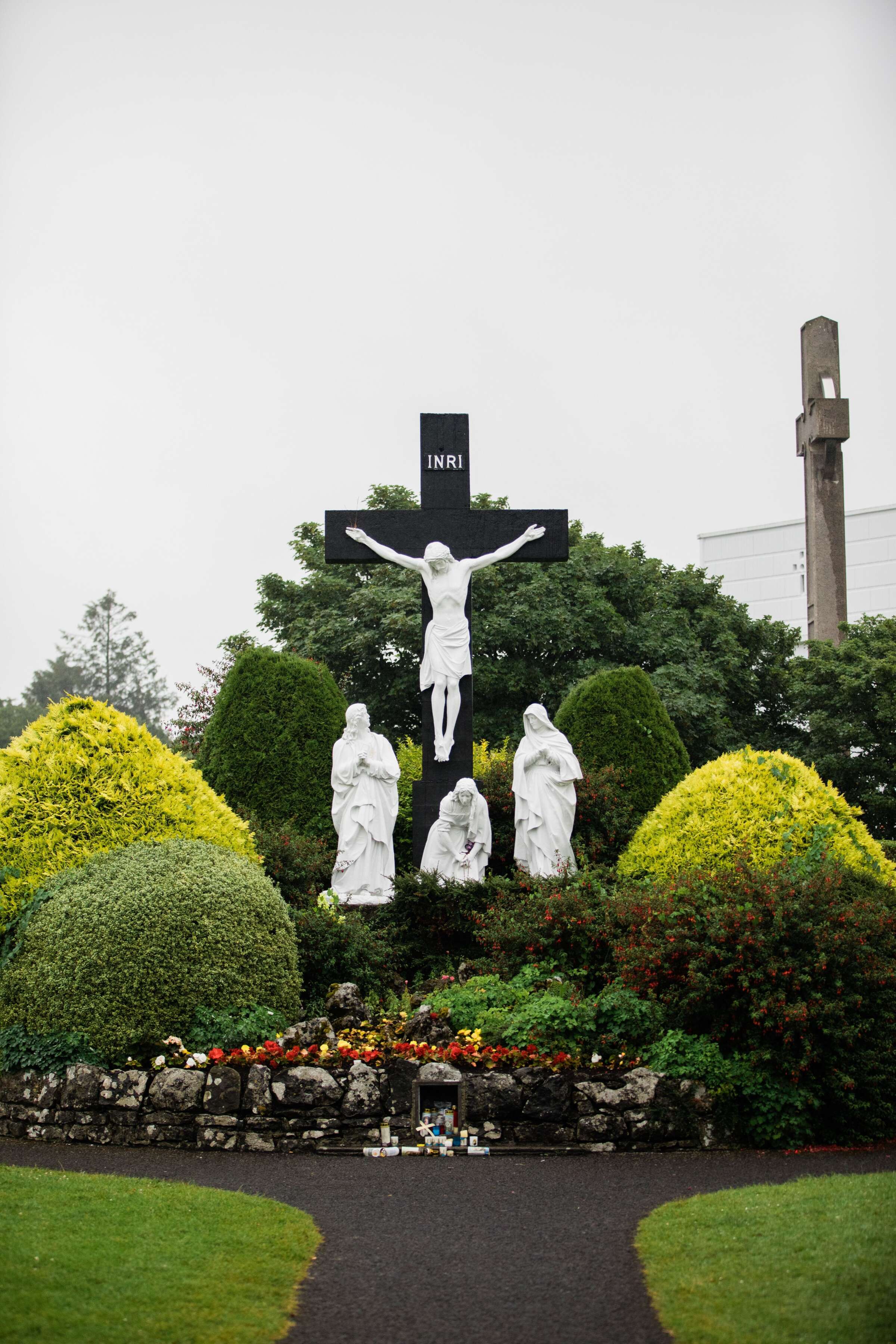Stations of the Cross
The Stations of the Cross are a 14-stage series of devotions which commemorate moments during the day on which Jesus Christ was executed by crucifixion 2,000 years ago. They begin with the Roman governor, Pontius Pilate reluctantly condemning Jesus to death. The Bible book, Luke, says ‘with loud shouts they (the crowd) insistently demanded that he be crucified and their shouts prevailed. So, Pilate decided to grant their demand’. The stations end with Jesus’ body being placed in a tomb. The Bible book, Mark, tells how a prominent Jewish leader, Joseph of Arimathea, who was secretly a believer, went to Pilate to ask for Jesus’ body… ‘Joseph brought some linen cloth, took down the body, wrapped it in the linen, and placed it in a tomb cut out of rock…. Mary Magdalene and Mary the mother of Jesus saw where he was laid’.
The Stations of the Cross are a 14-stage series of devotions which commemorate moments during the day on which Jesus Christ was executed by crucifixion 2,000 years ago.
Not all of the 14 incidents are recorded in the Bible –some are only recorded in tradition – perhaps they were imagined by early Christians as part of their spiritual reflection on Jesus’ final day. Most Roman Catholic churches depict the Stations with each represented by paintings, icons, sculptures, engravings or a simple cross. They are to encourage Christians to stop at each place and consider Jesus’ sacrifice. The Stations are also seen in other locations such as hospitals, cemeteries and chapels. People are encouraged to move from station to station in a mini pilgrimage. Sometimes special prayers are said at each station.
Continued below...

The idea of the Stations of the Cross developed in medieval times. For centuries, Christians had travelled to Jerusalem to retrace Jesus’ steps in the final 24 hours of his life and meditate on his sacrifice in going to his death for the sake of all humanity. In the 12th century, St Francis of Assisi was made responsible for looking after the sites in Jerusalem associated with Jesus’ death and resurrection. He encouraged people to pause at each significant point to pray and reflect. St Francis called these points ‘stations’. The number of stations varied at first but around the 17th century the Franciscan Order (monks who followed St Francis’ simple way of life) set the figure at 14. They were also given permission to place pictures of the stations in churches which meant Christians no longer had to go to Jerusalem to retrace Jesus’ steps.
The idea of the Stations of the Cross developed in medieval times.
In present day Jerusalem, nine of the Stations of the Cross are on the Via Dolorosa. This is the route through the old city which Jesus is thought to have walked. The Via Dolorosa, which means ‘sorrowful way’, runs about 600 metres from the Antonia Fortress to the Church of the Holy Sepulchre. The remaining five stations are inside the church.
The Fourteen Stations of the Cross
First: Jesus is condemned to death
Second: Jesus carries his cross
Third: Jesus falls for the first time
Fourth: Jesus meets his mother, Mary
Fifth: Simon of Cyrene helps Jesus to carry his cross
Sixth: A woman called Veronica wipes Jesus’ face
Seventh: Jesus falls for the second time
Eighth: Jesus meets the women of Jerusalem
Ninth: Jesus falls for the third time
Tenth: Jesus’ clothes are taken away
Eleventh: Jesus is nailed to the cross
Twelfth: Jesus dies on the cross
Thirteenth: The body of Jesus is taken down from the cross
Fourteenth: Jesus is laid in the tomb

Demonic possession


